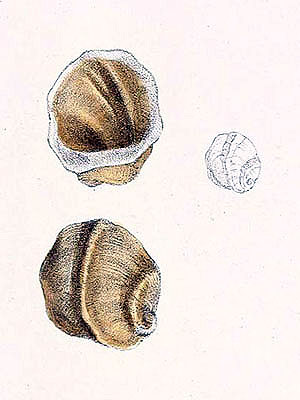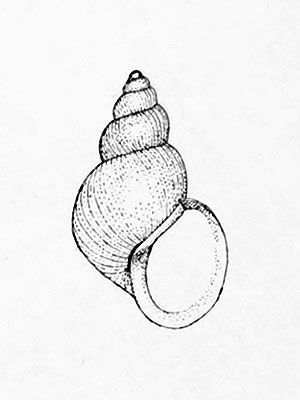The Keeled Lantzia Snail was described in 1872; it is (or probably was) restricted to a single locality on the island of Réunion in the Indian Ocean.
The species inhabited wet moss that grew along a waterfall in the interior of the island at an elevation of 1200 to 1300 m above sea level.
The Keeled Lantzia Snail was thought to have gone extinct sometimes during the early 19th century but was rediscovered in 199; however, it seems to have disappeared again and is now most likely indeed extinct.
*********************

Depiction from: ‘F. P. Jousseaume: Description de quatre mollusques nouveaux. Revue et magasin de zoologie pure et appliquée, series 2(23): 5-15. 1872’
(public domain)
*********************
edited: 21.08.2022

